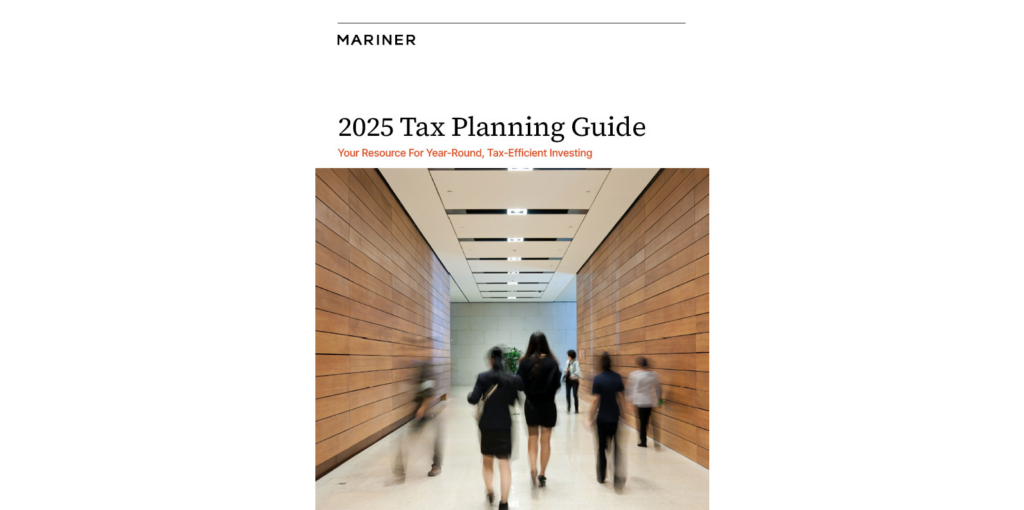Consider a “Bucketing” Retirement Strategy
Read time: 5 minutes
If you’ve saved enough for a secure retirement, congratulations! But accumulating sufficient assets is just part of the story when it comes to setting yourself up for a comfortable retirement. During retirement, you’ll still need to manage the risk posed by market fluctuations, fund living expenses and balance short-term cash needs with long-term growth. One effective way to meet all those goals is by viewing your portfolio as containing several “buckets” with distinct purposes.
Understanding the Risks
Periodic market downturns are the norm. And when retirement is years away, there’s typically ample time for investments to recover. But when retirees take distributions from their portfolios during severe downturns, especially early in their retirement, those losses can be harder to overcome. Not only may retirement funds be used up faster than anticipated, but you’ll also be left with a smaller base of assets from which to generate future growth.
How a Bucketing Approach Can Help
The bucket strategy, also known as the time segmentation strategy, is designed to help mitigate market volatility risk while helping to ensure safe portfolio withdrawals. There are variations on the bucket strategy, but the general idea is to view your retirement assets in short-, mid- and long-term buckets, each serving a specific purpose based on the types of investments owned.
Short-Term Bucket
The short-term bucket can be used to cover immediate living expenses and emergencies. Your income needs should be determined in the years prior to retirement, and it’s a process your wealth advisor can help with. Typically, this short-term bucket contains enough safe, liquid assets to cover as many as three years of retirement expenses. Those assets might include cash, high-yield savings accounts or other conservative investments, such as short-term certificates of deposit (CDs) and short-term Treasury bills. Filled with assets that are considered the most stable and liquid, the short-term bucket ensures that retirees have readily available funds no matter what’s happening in the investment markets.
Mid-Term Bucket
The mid-term bucket contains assets that aren’t needed for immediate living expenses. They might include longer-term CDs, government and corporate bonds, income-focused stocks and short- to intermediate-term bond funds. This bucket seeks to strike a balance between stability and modest growth, serving as a buffer between immediate needs and long-term investments.
Long-Term Bucket
The long-term bucket is designed for assets that are not intended to be touched for multiple years. These might include stocks, growth-oriented mutual funds and exchange-traded funds, real estate investment trusts and other higher-risk, higher-return investments. The long-term bucket serves the important goals of providing long-term growth, outpacing inflation and ensuring the portfolio’s longevity.
Helping Preserve Your Peace of Mind
Holding more aggressive, riskier assets in the long-term bucket can help to ensure that they’ll have time to recover from market setbacks. With short- and mid-term buckets covering nearer-term expenses, retirees should not feel pressure to sell long-term investments. Instead, those investments can be left alone to potentially support a longer and more secure retirement.
Spending Down and Refilling Buckets
As the short-term bucket is spent down, it will have to be replenished, of course. While there are various options for how to do this, one common approach is to tap income from bonds and dividend-paying stocks in the mid-term bucket and then rebalance that bucket and replenish it from the long-term bucket. That may not always be possible, though. Another common way to replenish the short-term bucket is by selling portions of your long-term bucket as it appreciates. Your wealth advisor has access to sophisticated software to help optimize this process.
Don’t Set It and Forget It
Once the three buckets are funded and invested, they should be regularly monitored and rebalanced back to target asset allocations. This is to ensure that each bucket continues to meet your goals and risk tolerance requirements and to re-fund the shorter-term buckets. Whether your assets are in a preretirement portfolio or a retirement portfolio, market changes can shrink the value of some assets and increase others, distorting the balance and leaving the asset mix too aggressive or not aggressive enough.
How Your Advisor Can Help
Creating and overseeing a retirement strategy is essential for a comfortable retirement. It starts with determining your retirement income needs, ensuring your assets are adequate to fund those needs and investing and drawing down those assets prudently. Time segmentation strategies are one way to check all those boxes. Your wealth advisor can help you set up a retirement bucket strategy that is designed to meet your short- and long-term needs.
This material is provided for informational and educational purposes only. The information is not intended and should not be construed as individualized advice or recommendation of any kind. Where specific advice is necessary or appropriate, individuals should contact their wealth advisor. The opinions and information provided herein are believed to be reliable, but we do not guarantee accuracy, timeliness, or completeness. It is provided “as is” without any express or implied warranties.
There is no assurance that any investment, plan, or strategy will be successful. Investing involves risk, including the possible loss of principal. Past performance does not guarantee future results, and nothing herein should be interpreted as an indication of future performance.
Mariner is the marketing name for the financial services businesses of Mariner Wealth Advisors, LLC and its subsidiaries. Investment advisory services are provided through the brands Mariner Wealth, Mariner Independent, Mariner Institutional, Mariner Ultra, and Mariner Workplace, each of which is a business name of the registered investment advisory entities of Mariner. For additional information about each of the registered investment advisory entities of Mariner, including fees and services, please contact Mariner or refer to each entity’s Form ADV Part 2A, which is available on the Investment Adviser Public Disclosure website. Registration of an investment adviser does not imply a certain level of skill or training.


